
Samsung has long made some of the best flagship phones in the Android world, and starting in 2020, the company decided to go all out with its “Ultra” models. To enthusiasts, it sounds like an amazing idea, but for the average customer, it’s not exactly an easy sell, especially when we’ve seen the rise of excellent devices at nearly half the cost with “affordable flagships” such as the Pixel 5. Still, Samsung accomplished its goal, the Galaxy S21 Ultra is the best Android phone you can buy, and it might even be worth its price tag.
HARDWARE |
Samsung’s top-end smartphone is, as you’d expect, a super-premium device. It’s crafted from glass and metal with slim bezels. But then again, so was last year’s S20 Ultra. What’s been improved this time around? Aside from the camera design improvements we see on the normal S21, the biggest news here is that Samsung ditched glossy glass entirely, going all-in on matte. The review unit we’ve been using is the “Phantom Black” color, and just like Samsung bragged about in its presentation, it’s a very dark black that’s enhanced by its matte texture. There’s nothing particularly special about it, frankly, but it looks good in person and is a blank canvas for buyers to enhance with accessories. If they don’t put on a case or skin, the good news is also that fingerprints won’t collect like crazy on the back.
One thing Samsung hasn’t improved much, though, is the weight and size; this is not a small phone by any measurement. It weighs in at 229g, over half a pound, and is actually heavier than last year’s device. It’s also thicker than last year despite having the same battery size. Thanks to the slightly smaller screen size, though, it doesn’t feel as daunting. This is still a truly massive smartphone, but it’s somewhat manageable at least. Samsung also toned down the vibration motor, so it’s not as loud when it vibrates on a table, but that did come at the cost of haptics that now feel kind of muddy.

If there’s one major complaint I have about the Galaxy S21 Ultra, it’s the size. Being big is fine, and I think this phone handles its size well, but I hate that the camera tech and design here are only available on this size. This phone is massive, but it’s the only way to get Samsung’s best camera and best specs. I’d love to see this same package but in the overall size of the regular Galaxy S21 or Pixel 5, if not even smaller.
That’s one thing I’d love to see Samsung work on in 2022. So far, every “Ultra” phone they’ve released has been essentially monstrous. That worked for the Note 20 Ultra, but the Galaxy S series is meant for more people, and now that the pricing is right, the size options should be too.

DISPLAY |
The display size on the Galaxy S21 Ultra is just a tad smaller than its predecessor at 6.8 inches, which, as mentioned, comes with the benefit of making this phone manageable in the hand. That’s the only downgrade you’ll find on this display, though.

The 6.8-inch SuperAMOLED panel has a 120Hz refresh rate and uses the same Adaptive Refresh Rate tech we’ve seen in Galaxy Note 20 Ultra and Galaxy Z Fold 2, meaning battery life gains and better use of that higher refresh rate overall. The panel is also Samsung’s only 1440p display in a flagship this year, and this time around, it can be used at its full resolution alongside the full 120Hz. It still ships with the software rendering everything at 1080p, and personally, I didn’t notice much of a difference when switching to the full 1440p. Still, it’s nice that Samsung is no longer holding anything back from users in the display department.
Rounding things out, let’s talk about the quality for a moment. As usual, it’s great. Samsung’s AMOLED panels are the best out there, and they always look the best on the company’s Galaxy smartphones. Colors are vivid, blacks are deep, and the range from dim to bright on this display is crazy good. There’s really nothing to complain about at all. The screen is good, the bezels are very small, and the hole-punch selfie camera doesn’t get in the way. Samsung just blows everything else out of the water, from iPhone to Pixel.
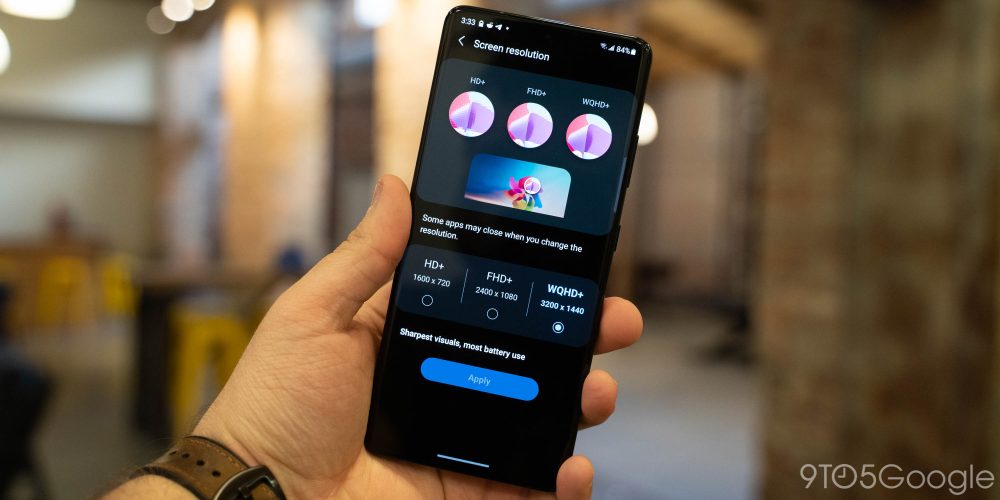
SOFTWARE & PERFORMANCE |
When it comes to the software on the Galaxy S21 Ultra, well it’s identical to that of the regular Galaxy S21 series. You’ll find Android 11 and One UI 3.1 out of the box here and it’s pretty good! The design is pretty clean and easy to use, despite having some annoying quirks like duplicate pre-installed apps, overwhelming settings and options, and, well, Bixby. Right now, the best part about Bixby is controlling SmartThings and specific settings on your device. It also has handy routines that act like Siri Shortcuts. However, it’s not nearly as powerful or accurate as Google Assistant, Alexa, or even Siri when it comes to wider voice assistant tasks.

Comparing the software on the S21 Ultra to the rest of the series, there’s really nothing all that different. The design is the same, you’ll find the same apps loaded up, and pretty much all of the same features. The only tweaks to the software relate to the S Pen, which we’ll get to later.
Another big frustration is advertising, as Samsung fills its pre-installed apps with ads and uses push notifications to advertise its newest phones to you, even if you literally just bought one. As we’ve said several times before, this is a shameful practice on devices of this cost and something Samsung needs to remove entirely. Yet, nothing has changed.
The good news? At least Samsung is great when it comes to support. Phones like the Galaxy S21 Ultra will get monthly security updates consistently as well as fairly timely major Android updates.
Samsung could be better, but looking at the bigger picture, I think these efforts are commendable. Generally speaking, a Galaxy S series device will get a new version of Android about 4 months or so behind Pixels, but often well ahead of other major competitors. Plus, Samsung has been getting faster every year. The Galaxy S20 series picked up Android 11 nearly a month ahead of the schedule we assumed from the S10’s update. It’s fully reasonable to assume that the Galaxy S21 series will get Android 12 by early December of this year, assuming everything else goes according to schedule.
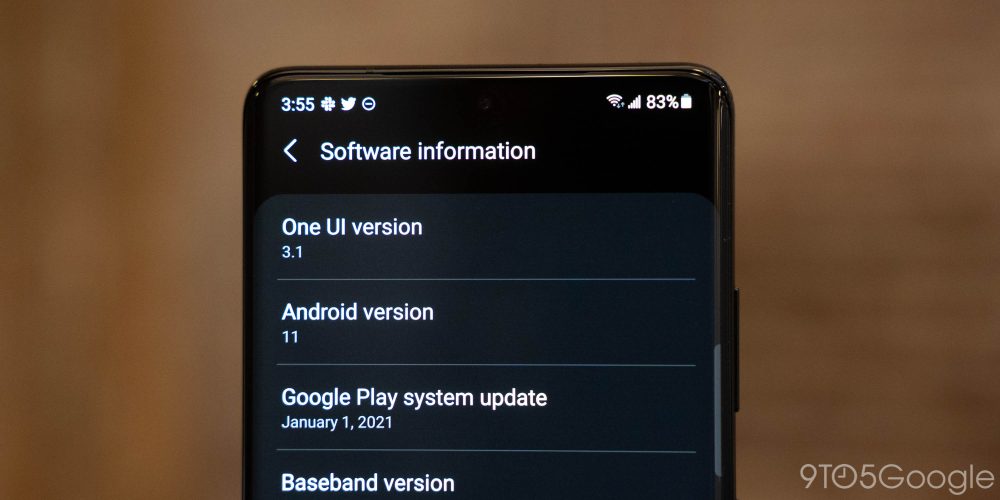
In terms of performance, Samsung has a winner here, as you’d expect. The Snapdragon 888 is an absolute powerhouse and paired with 12GB of RAM, there are no slowdowns here. I can’t say I noticed a big difference between the Ultra and regular S21, though, despite the 4GB of additional RAM. Then again, it’s not like I noticed much of a difference compared to more affordable phones either. Looking at the Pixel 5, a $699 phone with an older and entire series down chipset, performance between the two is well within the same ballpark. Where Samsung has an advantage is keeping apps alive in the background and in games. This phone’s performance will probably age better as well.
BATTERY LIFE |
5,000 mAh in a phone is a formula for good battery life regardless of what specs, displays, or apps are thrown at it. And yep, the Galaxy S21 Ultra delivers on the endurance front. I can easily make it through a full, heavy day with this phone and go to bed with 40% or more left in the tank. It’s very possible to kill this phone in a day, especially if you go heavy on the camera, but I’m willing to bet that most people won’t manage it. My heaviest day saw the S21 Ultra putting up about 6 hours of screen time in total, but it was only down to about 35% after 15 or so hours. This is easily the best battery life I’ve seen outside of Google’s Pixel 5, which has a comparatively big battery for its lesser specs.
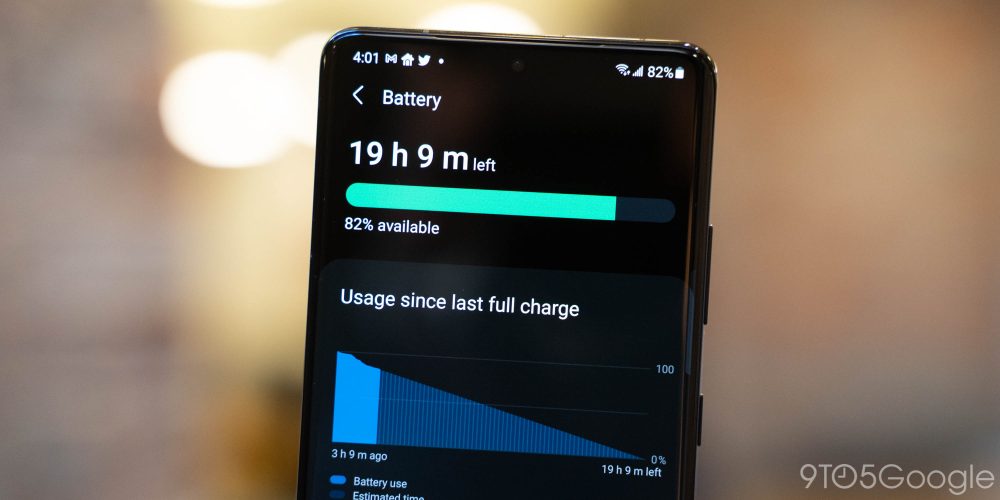
The charging situation on S21 Ultra is pretty good, too. Wired charging hits 25W which, while not impressively fast, will give your phone a quick top up when you need it. There is the fact that there’s no charging brick in the box, though. There’s good and bad to it. I think in the long run this is the right call, but I do wish Samsung had just offered free chargers to the people that needed/wanted them since a good 25W charger is going to cost $20 or more.
On the wireless front, Qi is here, and it hits up to 15W on the right charger. It works just fine, though I did notice that, just given the massive footprint of this device, I was a bit more likely to misalign the phone with the coils on certain charging pads.
CAMERA |
To say I was “disappointed” with the camera on last year’s Galaxy S20 Ultra would be an understatement. It was… well, it was just bad. This year, I’m so glad to report exactly the opposite. I hesitate to call this the best camera on a smartphone today, but it’s definitely competing for that crown.

Shots taken on the primary 108MP camera on the Galaxy S21 Ultra are generally excellent. They’re packed with detail and color, though Samsung still tends to overbrighten/sharpen to its detriment, but it doesn’t ruin the experience here. The biggest flaw with last year’s camera, the autofocus, is also completely fixed on this iteration. It’s fast and reliable with no complaints from me. The main sensor also still has big perks such as better low-light shooting, excellent natural bokeh, and the great sharpness that comes from such a high megapixel count.
Processing, though, is hit or miss for me still. More often than not, shots come out great, but you can easily make this camera stumble if your subject is moving. My favorite camera subjects are my two dogs, and as you can see below, it’s pretty easy for a dog even staying mostly still to come out a blurry mess on the S21 Ultra. I still wish Samsung was more consistent on processing, but this is absolutely the company’s best offering right now.




Beyond that main sensor, though, there’s still a lot to talk about. There’s a 12MP ultrawide camera, which is fine, but nothing particularly special. Still, I’m glad to see it, ultrawide cameras are useful. Samsung also set up this sensor to where it can be used for close-up macro shots, and the results are pretty solid as long as you have enough light.
The bigger story on extra cameras here is on the pair of telephoto sensors. Both are 10MP, but one offers proper 3x optical zoom and the other 10x optical zoom. The 3x sensor is great, making the majority of zoom shots you’ll take look much sharper than digital zoom is capable of even on a high-res sensor. You’ll use that 10x zoom lens less often, but the results there are also excellent. Combined, you can hit 100x “Space Zoom.” Going through about 30x, the results are impressive, but things do expectedly start to fall apart as you get closer to the maximum. There’s a clear “oil painting” effect at maximum, but it does come at the advantage of quite literally being able to take pictures of the moon. I’m sure there’s some software trickery helping those results, but either way, it’s a really neat trick.



S21 Ultra at 1x, 3x, and 10x
Samsung’s extra cameras do prove that having the additional hardware is a worthwhile effort, directly opposing the strategy of the competing Android camera, Google’s Pixel. Where Google tries to do everything through software, Samsung uses hardware. The results? When it comes to zoom especially, Samsung has a clear and obvious advantage. As great as Google’s Super Res Zoom is, it doesn’t measure up. The same applies to the main sensor. Google has a very consistent camera, but Samsung’s larger sensor and extra megapixels result in more flexibility.




Speaking of software, Samsung has some neat additions to its camera app. You can use the “Single Take” mode to capture photos and videos from all the lenses automatically, though personally, I’m not a fan of that idea at all. There are also in-depth Pro modes for both stills and videos, the latter being especially impressive as a built-in offering. “Director’s View” makes it easy to switch between different camera views while you’re shooting and there’s even a mode that allows audio to be captured from a pair of Bluetooth earbuds during a video instead of the phone’s mics, kind of like a wireless lavalier. Like the Note, too, Samsung’s S Pen can make the S21 Ultra a solid device for editing a video on the fly.
The gap between Galaxy, Pixel, iPhone, and others in the camera competition is as narrow as it’s ever been. Honestly, it’s not easy to find a truly bad camera on a flagship phone from a respectable manufacturer nowadays. They’ll all have pros and cons, but they’ll all be capable of at least a decent shot.
With the Galaxy S21 Ultra, Samsung puts forth its best possible effort. This has the most sensors, the best sensors, and the best software behind it. Does that make it the best? Not necessarily, but there’s one thing Samsung does win at. The Galaxy S21 Ultra is by far the most versatile camera on the market, a “jack of all trades” if you will. If there’s a shot you want, the Galaxy S21 Ultra is probably capable of getting it and, more than likely, it’ll be a quality shot. That’s in contrast to what Google brings to the table, which is an extremely consistent camera, but one that isn’t always 100% capable. And then there’s Apple, which straddles the line. Modern iPhones are nearly as consistent as the Pixel, but stand behind the S21 Ultra just a bit when it comes to its physical capabilities even when looking at the top-end iPhone 12 Pro Max.



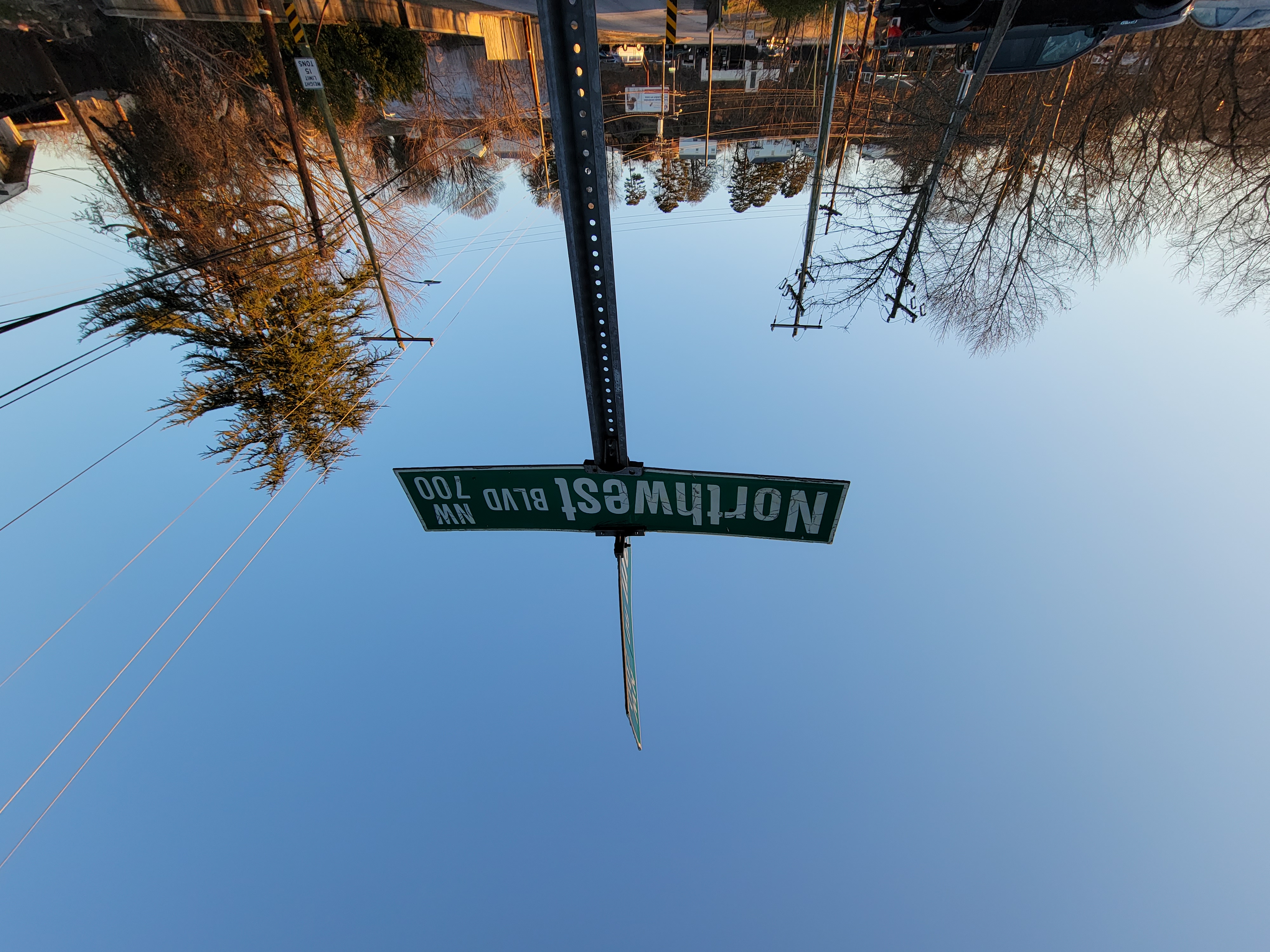
How can Samsung get better? Software is probably the path forward. Refining the underlying processing can help make these cameras more consistent. Samsung is already a force to be reckoned with when it comes to smartphone photography, the S21 Ultra as it stands proves that, but there’s always room for improvement.
S PEN |
One of Samsung’s big marketing points with the Galaxy S21 Ultra is the added support for the S Pen stylus. A hallmark of the Galaxy Note lineup for years, the S Pen is a genuine selling point of those phones, but it’s not as important on the S21 Ultra.
The good? Using an S Pen on an S21 Ultra is essentially an identical experience to a Galaxy Note device. The Bluetooth features such as gestures and a wireless shutter button aren’t here, but that’s fine because they weren’t all that useful anyway. Rather, this acts just like a normal active stylus, offering super accurate input and additional features such as selecting portions of the screen for screenshots, making GIFs, and drawing on screenshots before you send them. If you’ve ever owned or considered a Galaxy Note, your favorite features are likely here, and they work well.
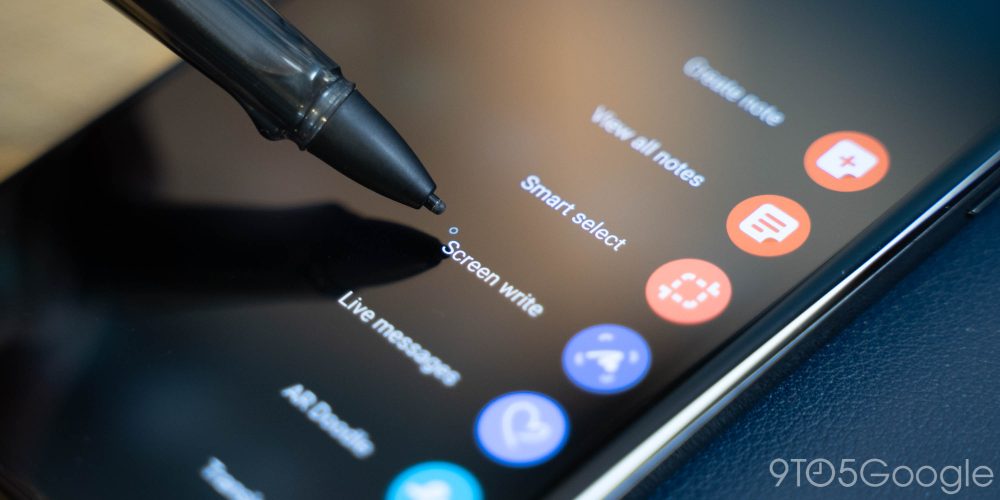
The bad? Honestly, as great as the S Pen is, getting rid of the storage silo in the phone kind of kills the usefulness. Unless you buy Samsung’s clunky case with an S Pen storage slot, your stylus isn’t there when you need it. Because of that, I just don’t see the advantage, especially when this is not included. Rather, I find this useful for someone who is all in on the Samsung ecosystem. If you have a Galaxy Tab S7, for example, having support for the stylus from your tablet on your phone is a great add-on, but it’s not worth the cost of admission in my opinion.
THE LITTLE THINGS |
One of my favorite things about Samsung’s 2021 flagships is the fingerprint sensor because, well, it’s actually good. The ultrasonic under-display sensors Samsung has been using for a couple of years now have been slow and disappointing, but the one in the S21 Ultra is fast, reliable, and accurate. There’s really not much to say here, it’s just a really good fingerprint sensor, finally.
As usual with speakers, it’s a pretty tepid affair here. The quality is pretty good, and the sheer size of the S21 Ultra leads to some halfway decent stereo separation too. There’s just nothing particularly special here. They sound good, but they don’t impress and that’s fine. The Galaxy Buds Pro do that job.
One of the most controversial aspects of the Galaxy S21 series, but the Ultra in particular, is the lack of a microSD card slot. This has been a mainstay on Samsung phones for years, but it’s gone now and probably won’t be coming back. For average buyers, I don’t consider this a big deal at all. The 128GB, 256GB, or whopping 512GB of storage on the S21 Ultra is plenty for most people. It is a shame for enthusiasts, though, who are more likely to actually take advantage of the feature. Given the Ultra is directly targeted at those people, it’s a weird choice, but one we’ll have to live with.
FINAL THOUGHTS |
The smartphone market has changed a lot over the past few years, and 2020 was one of the most unique to date. On one hand, there were plenty of traditional flagship phones, but there was a new segment of the market. The “affordable flagships” included models like the Pixel 5, LG Velvet, Galaxy S20 FE, and others. Instead of throwing it all out there and worrying about the price later, they make smart compromises to appeal to a different, bigger audience. The Galaxy S21 Ultra, quite literally by its name, is the exact opposite of that. It holds nothing back, and it works really well assuming it’s in your price range.
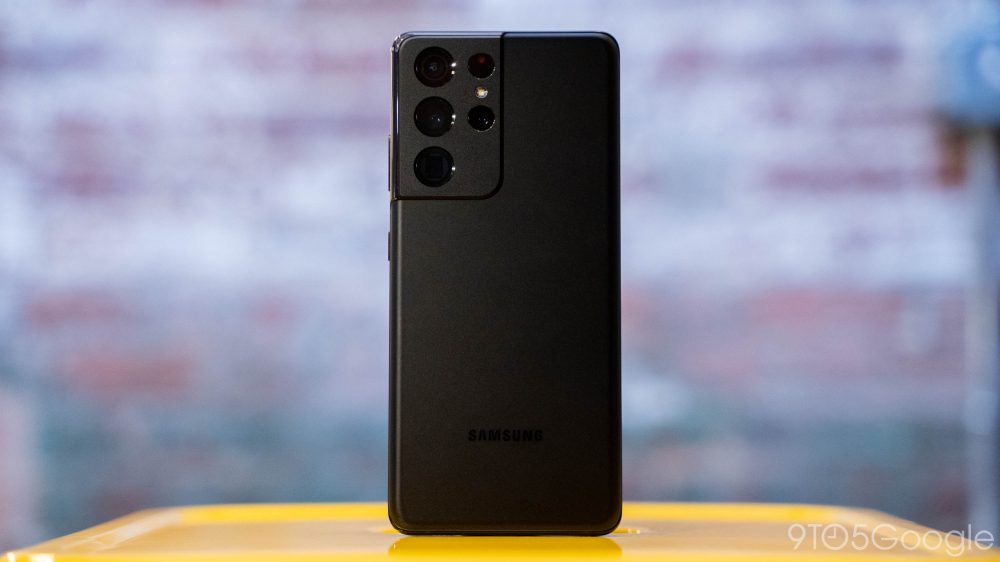
When last year’s Galaxy S20 Ultra came out, I came to the conclusion that very few people should buy it. It was overpriced and fell on its face in the camera department. A year later, the story has been flipped entirely. The Galaxy S21 Ultra is a truly excellent offering that actually manages to hit a reasonable price thanks to a $200 cut. This actually is the best option in Samsung’s lineup this year, not just on paper. If the $1,199 price tag is within your budget, it’s worth considering.
You can buy the Galaxy S21 Ultra from , , Amazon, B&H Photo, and major carriers, including Verizon, , and T-Mobile.
Author: Ben Schoon
Source: 9TO5Google



